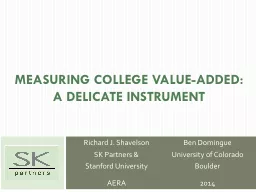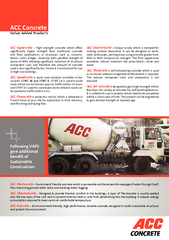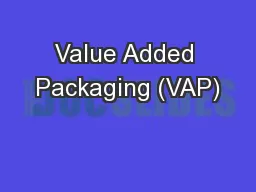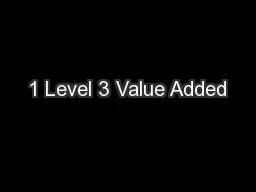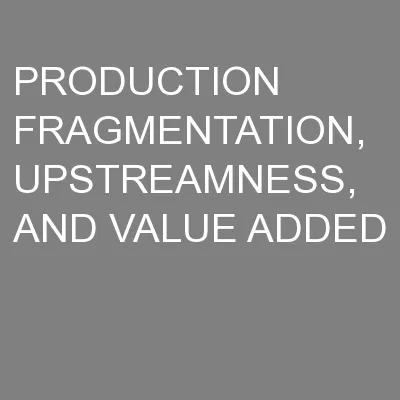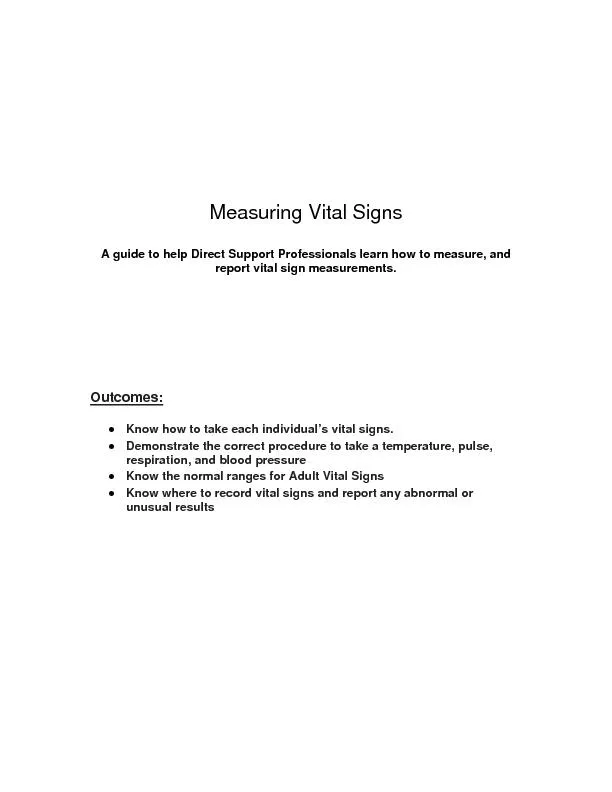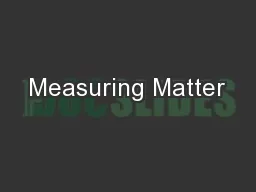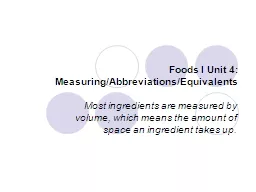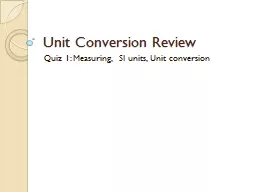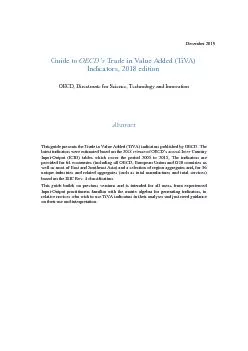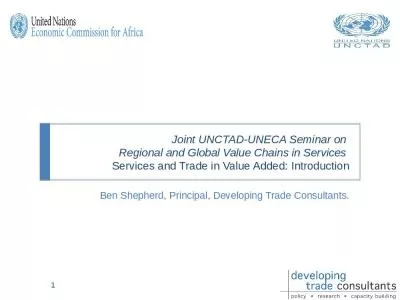PPT-Measuring College Value-Added:
Author : celsa-spraggs | Published Date : 2017-10-13
A Delicate Instrument Richard J Shavelson SK Partners amp Stanford University AERA Ben Domingue University of Colorado Boulder 2014 Motivation To Measure Value
Presentation Embed Code
Download Presentation
Download Presentation The PPT/PDF document "Measuring College Value-Added:" is the property of its rightful owner. Permission is granted to download and print the materials on this website for personal, non-commercial use only, and to display it on your personal computer provided you do not modify the materials and that you retain all copyright notices contained in the materials. By downloading content from our website, you accept the terms of this agreement.
Measuring College Value-Added:: Transcript
Download Rules Of Document
"Measuring College Value-Added:"The content belongs to its owner. You may download and print it for personal use, without modification, and keep all copyright notices. By downloading, you agree to these terms.
Related Documents

